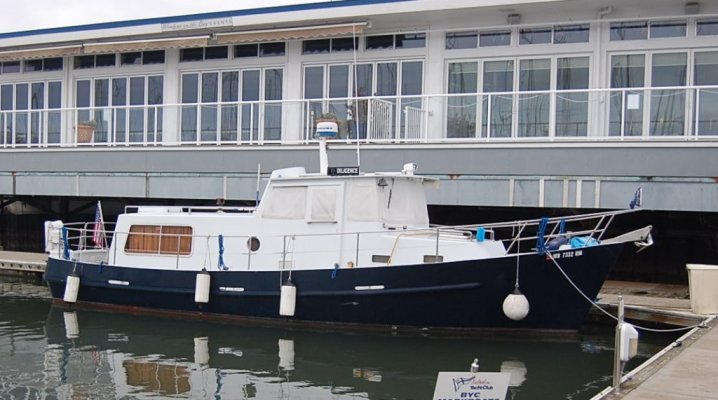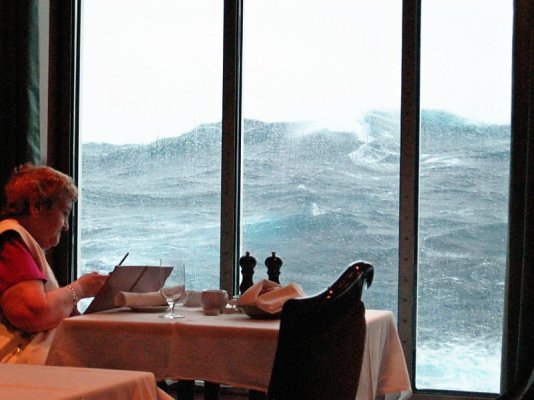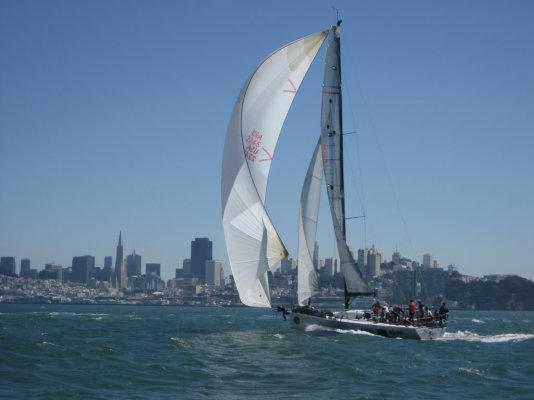*A far better configuration than a flying bridge, in our opinon, is a raised pilothouse.* You get the best of both worlds that way--- better visibility with connection to the boat and fast and easy access to the deck if needed.Marin wrote:
markpierce w:
I'm with Marin regarding flying bridges and made it a point not to acquire a boat with one.* This is only a personal preference.
We have the fly bridge and the raised pilot house which we like and use both.* The rainy season just ended and we didn't using the fly-bridge for obvious reasons.* When we dock and cruise at night, we do it from the pilot house for some of the reasons that Main stated.* But when we are navigating around the reefs, the fly bridge gives us much better color definition.* And when we are fishing it's pretty exciting to be on*the fly bridge to see a dorado or bill fish streaking across the water to hit one of your lures.
As far as paper charts go, we started using electronic charting in 2002 and we still bought paper charts.* As time went on, we found that were only using charts for big picture planning.* Now we only use electronic charts and the most up today cruising guides.* We have 2 back up systems that are all loaded with the same charts and GPS drivers and have never had a critical failure.* When arriving into a new port or anchorage we use the cruising guides, the electronic charts, the VHF radio and eye ball navigation.
-- Edited by Larry M on Monday 9th of January 2012 02:43:45 PM






